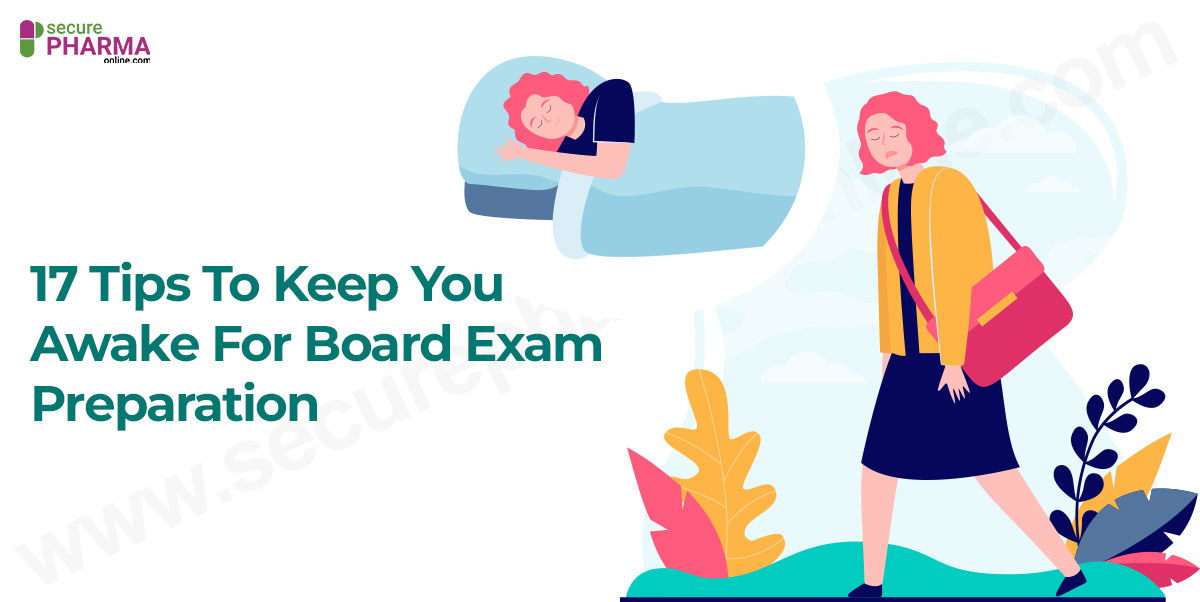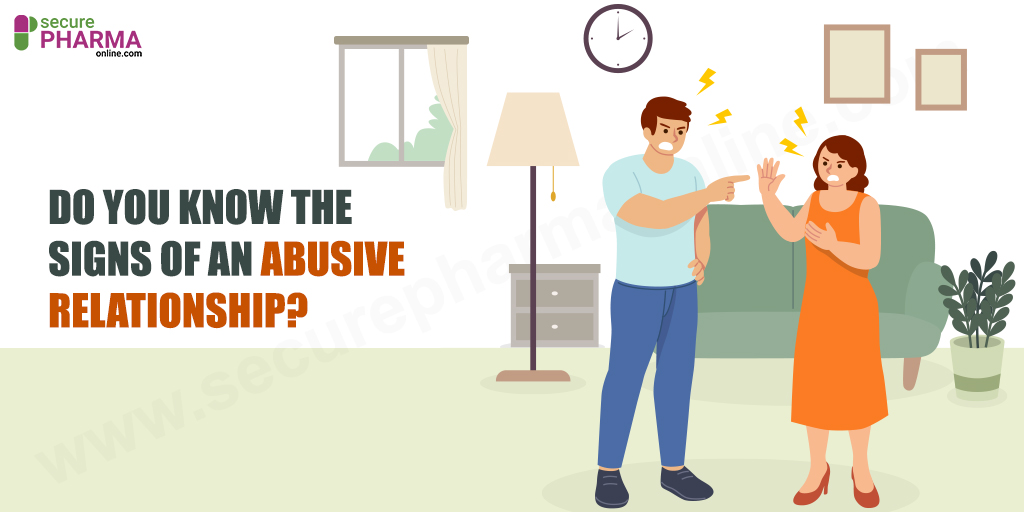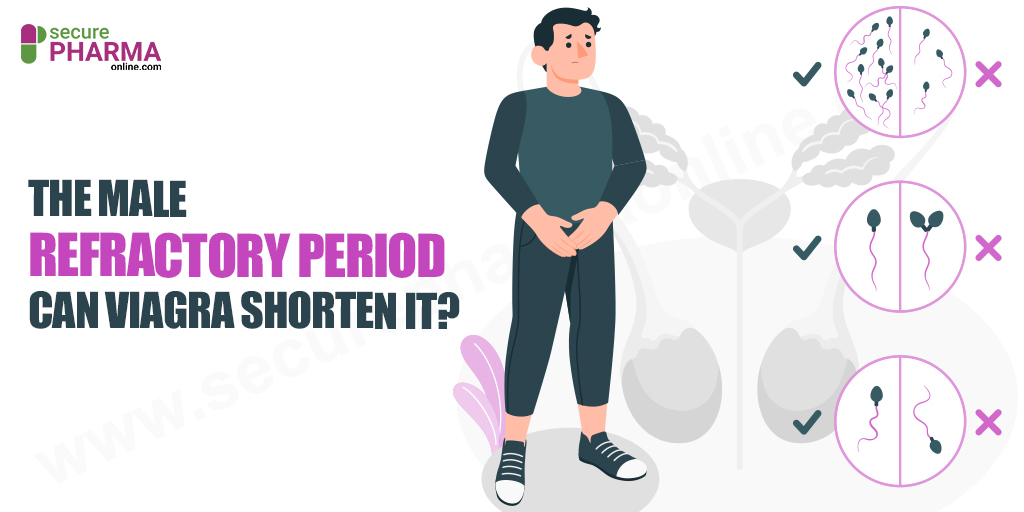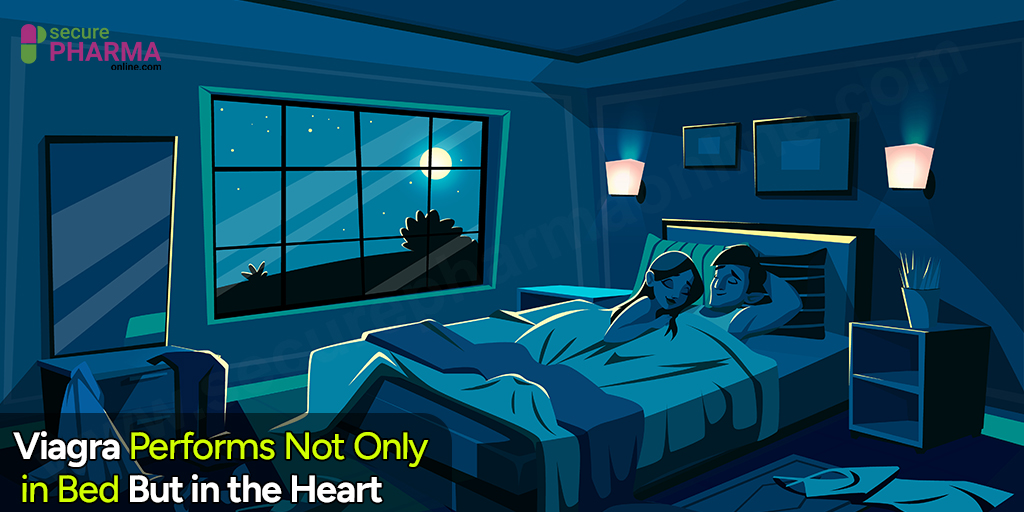Restless Leg Syndrome: Symptoms, Causes, Diagnosis, And Treatments

What Is Restless Leg Syndrome?
Restless Leg Syndrome (RLS), also known as Willis-Ekbom disease is a disorder that causes an uncontrollable urge to move your legs. You will experience an irresistible desire to move your legs rapidly in a jerking manner. This may also be an unconscious action. This usually occurs in the evening or night hours. You will begin to feel a sensation that prompts you to move your legs, especially if you are resting, or sitting idle. Moving or jerking your legs will only give you momentary comfort.
You would not be able to sit or sleep for a long time. Increasing sleepless nights will make it difficult for you to focus on your workplace and in your daily activities. It may also occur at other times, like when you are sitting in a car or watching a movie in a theater, or when in the washroom for prolonged durations. Consider it a common occurrence in many middle-aged people. However, people of all ages can have this disorder.
This condition usually worsens with time, if not treated. Sometimes, doctors cannot identify this disorder as its symptoms may be mild and vary in occurrence in some people. But, once it has been diagnosed, it can be treated. Simple changes in your daily routine may also help to relieve some symptoms.
Also read: Benefits Of Sleep For The Brain
Symptoms
The chief symptom of Restless Leg Syndrome is an uncontrollable urge to move your legs. There appears to be an unpleasant sensation in your legs like itching, crawling, burning, pulling, pins and needles, throbbing, or aching. These sensations tend to go away after you move or stretch, or walk or jiggle your legs. However, these symptoms worsen in the late hours of the night when your body is tired.
RLS is also accompanied by periodic movements in the night. The person usually kicks and twitches all night in his sleep. This makes him restless and affects his sleep schedule, making him unable to focus on daily chores. This is known as Nighttime Leg Twitching. The symptoms often decrease significantly during the day. Thus, RLS patients can sleep comfortably in the morning.
The symptoms of RLS may start with low intensity and worsen in the late hours of the night. It is very common for the symptoms to fluctuate in intensity in the same person, at different hours of the night. It may also vary from person to person. For some people, this disorder may disappear for some time and then reappear again. Sometimes, the person cannot identify the feeling. They may dismiss it as a muscle cramp, or a continuous numbness.
The unpleasant feelings occur on multiple sides of the body. It may spread to your arms and head. Usually, the symptoms begin in your legs and then, spread to the other parts (rarely), if not diagnosed. But, for some people, the sensation may affect your arms.
People who suffer from Nighttime Leg Twitching will experience low energy levels the next day. This occurs due to interrupted sleep cycles at night.
Causes
There is no such fixed cause of RLS. That is why often doctors find difficulty in diagnosing this disorder. A variety of conditions may cause RLS. It is a pretty common occurrence in people who live extremely stressed lives.
1. Genetics
Heredity plays a huge role in the repeated occurrence of Restless Leg Syndrome. Almost half of the people diagnosed with RLS have inherited it from one of their family members. If people below the age of 40 are diagnosed with RLS, it is most likely that they have inherited it from a family member.
2. Pregnancy
Many women face RLS during their last trimester of pregnancy. Certain fluctuations in their hormonal levels may cause RLS. But, it usually goes away after the child is born.
3. Chronic Illness
RLS doesn’t lead to serious conditions. But, many patients experience pain from a mild intensity to a borderline unbearable level. In cases of patients suffering from long term and recurring illnesses, signs of RLS are seen.
4. Peripheral Neuropathy
This is a brain disorder that damages the nerves in your hand and legs. You lose the ability to use all your senses, begin to shiver, and also, struggle with mobility. If you have diabetes and also deal with alcoholism, you will suffer from RLS.
5. Parkinson’s Disease
This is a brain disease that causes stiffness, problems with balance and coordination, and difficulty in walking and talking. It mainly affects older people. It starts gradually and worsens over time. RLS is a common occurrence in people suffering from Parkinson’s disease.
6. Iron Deficiency
Anemic people commonly suffer from iron deficiency, accompanied by fatigue, low blood pressure, and RLS. Even if you don’t have anemia, but you frequently donate blood, or bleed profusely during your menstrual cycle, or bleed from your bowels, you may have RLS.
7. Kidney Failure
End-stage Renal Disease (ESRD) is the last stage of chronic kidney failure. Patients who are going through an ESRD phase frequently show signs of RLS.
8. Spinal Cord Problems
If you had been injected with anesthesia in your spine during any surgery, or have simply suffered from any hard injury in your spinal cord, you may suffer from RLS.
9. Way Of Life
Lifestyle also has a huge role in patients suffering from RLS. Excessive caffeine intake, irregular sleeping schedules, unhealthy eating habits, or high amounts of alcohol and tobacco consumption may trigger some symptoms of RLS.
10. Drug Use
People who use medications like anti-depressants or allergy medications that contain antihistamines are prone to suffer from RLS.
Diagnosis
There is no medical test to determine whether you have this condition. Doctors monitor your sleep patterns, converse with your family, or sleeping partner to confirm this condition. They may conduct lab tests to figure out if you have nerve damage. Polysomnography is a sleep study that will confirm if you have other serious sleep disorders that are causing RLS.
Treatment
For mild symptoms that arise despite following a normal sleep schedule, try to incorporate exercise, leg massages, hot baths in your daily routine. Also refrain from alcohol, nicotine, and tobacco at all costs.
Drugs are not too reliable for treating RLS. A drug may worsen a symptom in a person while eradicating the symptoms in another. Dopaminergic and Benzodiazepines drugs, narcotic pain relievers, etc. are used to minimalize the symptoms.
Extra Info
If you suffer from regular bouts of RLS, you may find some solace by using a warm and cold compress on your legs. You can also shower at night to relieve a bit of the discomfort. Regular exercise goes a long way. Don’t overdo your exercises as it can have a counter effect. A balanced diet, with a healthy sleeping schedule, is one of the best treatments for RLS.
August 11, 2020 Sam Bell











Comments